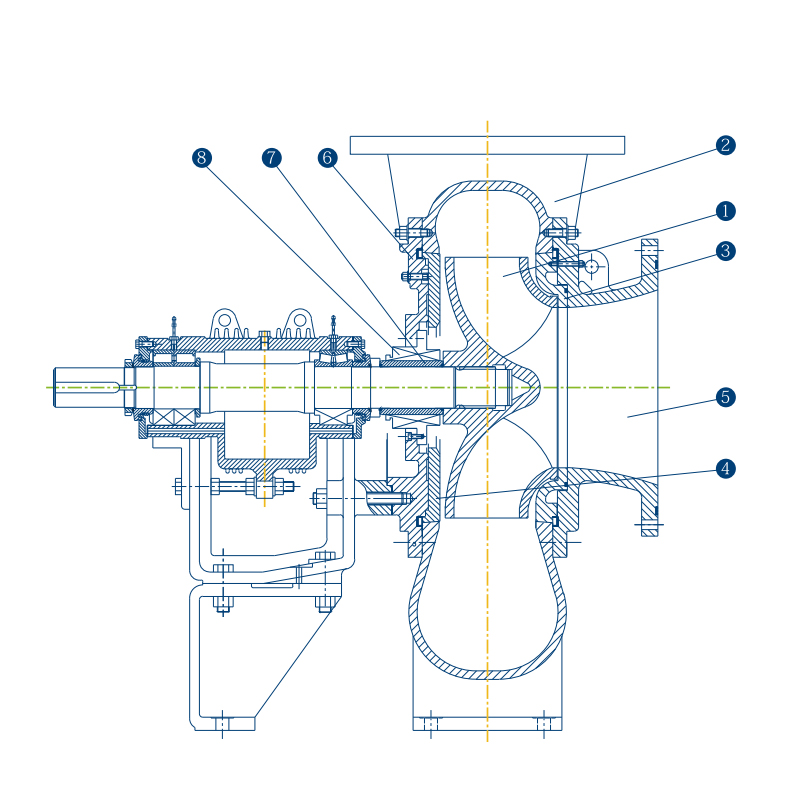Tatar
- Afrikaans
- Albanian
- Amharic
- Arabic
- Armenian
- Azerbaijani
- Basque
- Belarusian
- Bengali
- Bosnian
- Bulgarian
- Catalan
- Cebuano
- Corsican
- Croatian
- Czech
- Danish
- Dutch
- English
- Esperanto
- Estonian
- Finnish
- French
- Frisian
- Galician
- Georgian
- German
- Greek
- Gujarati
- Haitian Creole
- hausa
- hawaiian
- Hebrew
- Hindi
- Miao
- Hungarian
- Icelandic
- igbo
- Indonesian
- irish
- Italian
- Japanese
- Javanese
- Kannada
- kazakh
- Khmer
- Rwandese
- Korean
- Kurdish
- Kyrgyz
- Lao
- Latin
- Latvian
- Lithuanian
- Luxembourgish
- Macedonian
- Malgashi
- Malay
- Malayalam
- Maltese
- Maori
- Marathi
- Mongolian
- Myanmar
- Nepali
- Norwegian
- Norwegian
- Occitan
- Pashto
- Persian
- Polish
- Portuguese
- Punjabi
- Romanian
- Russian
- Samoan
- Scottish Gaelic
- Serbian
- Sesotho
- Shona
- Sindhi
- Sinhala
- Slovak
- Slovenian
- Somali
- Spanish
- Sundanese
- Swahili
- Swedish
- Tagalog
- Tajik
- Tamil
- Tatar
- Telugu
- Thai
- Turkish
- Turkmen
- Ukrainian
- Urdu
- Uighur
- Uzbek
- Vietnamese
- Welsh
- Bantu
- Yiddish
- Yoruba
- Zulu
Telephone: +86 13120555503
Email: frank@cypump.com
Дек . 03, 2024 14:51 Back to list
Efficient and Dependable Fluid Transfer Solutions for Slurry Pump Applications
Efficient and Reliable Fluid Handling with Slurry Transfer Pumps
In various industrial applications, the handling of slurry—a mixture of liquid and solid particles—is a significant challenge. Whether in mining, wastewater treatment, or construction, the efficient and reliable transfer of slurry is critical to operational success. This is where slurry transfer pumps come into play, facilitating the movement of these complex mixtures and proving indispensable in a multitude of sectors.
Understanding Slurry and Its Challenges
Slurry can vary drastically in composition, viscosity, and particle size, which poses unique challenges for pumping systems. Its abrasive nature can wear down conventional pumps quickly, leading to increased maintenance costs and operational downtime. Moreover, the pump's ability to handle the viscosity and solid concentration of the slurry often dictates the efficiency of the entire process. Thus, selecting the right slurry transfer pump is crucial for maintaining a streamlined operation.
The Importance of Efficiency
Efficiency in a slurry transfer pump is dictated by several factors, including the design of the pump, the type of materials used, and the operational parameters. A pump that operates at high efficiency minimizes energy consumption, reduces operational costs, and limits environmental impact—aligning with many industries' goals for sustainability. High-efficiency pumps ensure that the maximum amount of slurry is transferred with minimal energy expenditure, leading to significant cost savings over time.
Reliable Fluid Handling
Reliability is another critical aspect of slurry transfer pumps. An unreliable pump can result in costly downtimes, operational interruptions, and damage to downstream equipment. Pumps must be designed to withstand harsh conditions, including fluctuating temperatures and corrosive materials. Selecting a pump with robust engineering and high-quality materials ensures longevity and dependable operation.
slurry transfer pump efficient and reliable fluid handling ...

Modern slurry transfer pumps often incorporate advanced technology, such as sensor systems that monitor performance and provide real-time data. This capability allows operators to predict maintenance needs and avoid unexpected failures. Moreover, these smart systems can streamline operations and ensure that the slurry handling process remains continuous and efficient.
Material Considerations
The selection of appropriate materials for slurry transfer pumps is paramount. Pumps are often constructed from materials such as stainless steel, rubber, and specialized alloys designed to resist corrosion and erosion. The choice of material not only affects the durability of the pump but also its efficiency in transferring abrasive slurries. For example, rubber-lined pumps are designed to handle highly abrasive slurries, while stainless steel pumps may be used for less harsh environments.
Maintenance and Operational Strategies
To ensure efficient and reliable operation, regular maintenance of slurry transfer pumps is vital. This includes routine inspections, cleaning, and prompt replacement of worn or damaged parts. Operators should establish a maintenance schedule that considers the specific conditions in which the pump operates, including the type of slurry being handled.
In addition to maintenance, optimizing operational parameters—such as flow rate and pressure—can greatly enhance the efficiency of a slurry transfer pump. Adjusting these parameters according to the slurry’s properties helps achieve optimal performance and prevents potential damage to the pump.
Conclusion
In summary, slurry transfer pumps are essential for efficient and reliable fluid handling in various industries. Understanding the nature of the slurry, selecting the right pump, and implementing proper maintenance protocols are critical for maximizing performance and ensuring operational success. With advancements in technology and design, modern slurry transfer pumps continue to provide innovative solutions to the challenges posed by this complex fluid, ultimately supporting the efficient movement of materials in diverse industrial applications. As industries increasingly focus on sustainability and efficiency, the role of these pumps will remain paramount in enhancing both productivity and environmental stewardship.
-
Custom Drilling Mud and Slurry Pump Supplier - High Efficiency, Tailored Solutions
NewsJun.10,2025
-
Supply Vertical Submersible Sewage Pump High-Efficiency WQ/QW Pumps Supplier
NewsJun.10,2025
-
Premium Sewage Ejection System & Pumps Efficient Waste Removal
NewsJun.09,2025
-
Premium Wholesale Slurry Pump Impellers Durable & Efficient Slurry Handling
NewsJun.09,2025
-
Top Sewage Pump Companies Durable Industrial Solutions for Efficiency
NewsJun.09,2025
-
Heavy Duty Slurry Pumps - OEM High Performance & Bulk Wholesale
NewsJun.09,2025










